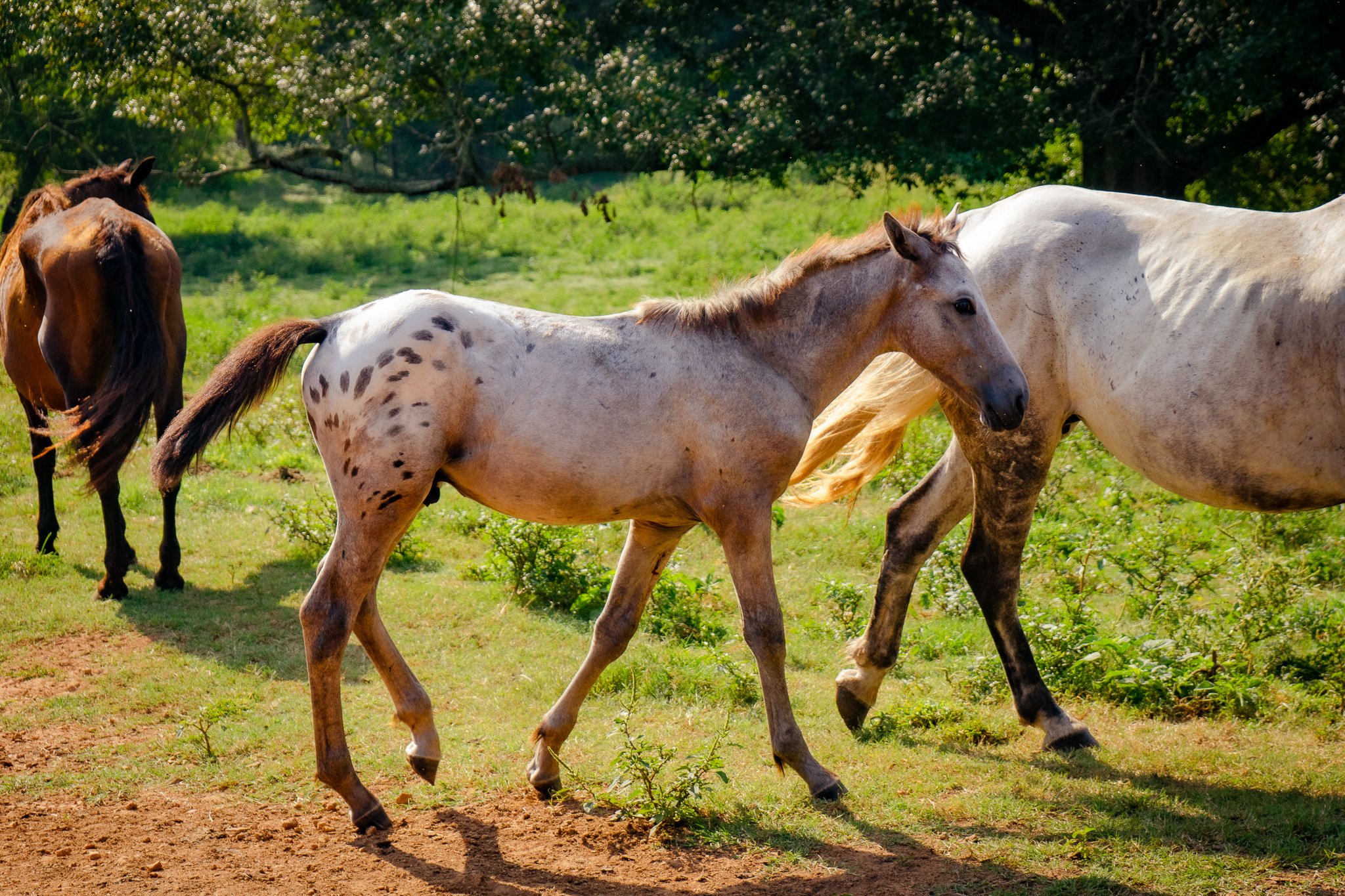Sacred Way Sanctuary, Home to the Indigenous Native American Horse
It was before dawn when we arrived at the Sacred Way Sanctuary on the outskirts of Florence, Alabama.
We’d wanted to be there before Dr. Yvette Running Horse Collin and her team of caregivers went out to meet the day and their audience of Indigenous North American horses, more than 100 in total, drawn together from every corner of the USA, and gathered here, in the heart of Alabama.
These horses are striking in their appearance, many with zebra stripes, spots, or a dorsal line straight down their backs. One appears to have longer curly hair.
We had the opportunity to spend the morning running with a team of mares and their foals, led by the alpha mare: a broad and curious beauty named Sugar.
As the mist began to clear from their pasture and they took notice of us—awkward admirers with cameras—Sugar led them at full gallop through a thickly wooded area, instantly blasting a new pathway into another pasture where they could get a better look, or more easily get away, if they felt like it.
Horses in the wild, and here at Sacred Way, exist in a perfectly linear hierarchy within their herds. Each horse knows who is directly above and below them in the pecking order.
It wasn’t long before we made our way into the center of the herd, noses curiously examining our lenses as we laughed and took in the power of these creatures with not a little awe. Then the horses went on to something more interesting than their admirers: breakfast. As the leader, Sugar eats first, always.
Dr. Collin told us of her work to documenting the prehistoric Indigenous Native American Horse, their relationship to Native American tribes, past and present, and her efforts to save as many of the remaining horses as possible: particularly those with special “ancestral lineage, personal stories, physical characteristics, and spiritual capacity.” She and the caretakers restore them to health and reintegrate them back into a wilder way of life.
As they would in the wild, the horses here choose their own families. They breed if and when they choose, and often their families are chosen for life. Some remain “unattached,” which is a great term for single humans, as well.
The Interpretive Center is surrounded by the kind of porch that would be ideal for long summer napping or just staring out into the field, rocking away on the massive rocking chairs. Inside is a mix between a museum and a local craft store, where you can find literature on Native American history and Dr. Collin’s work demonstrating the millennia-long relationship between indigenous North American horses and tribes.
You can support Sacred Way Sanctuary online, but we recommend making your way past the banks of the “Singing” Tennessee River in Alabama, and paying a visit to the Interpretive Center and Museum on site.
Tell Yvette and Sugar we say hello!
Photography by Daniel Volland and Ashley Davidson.



























